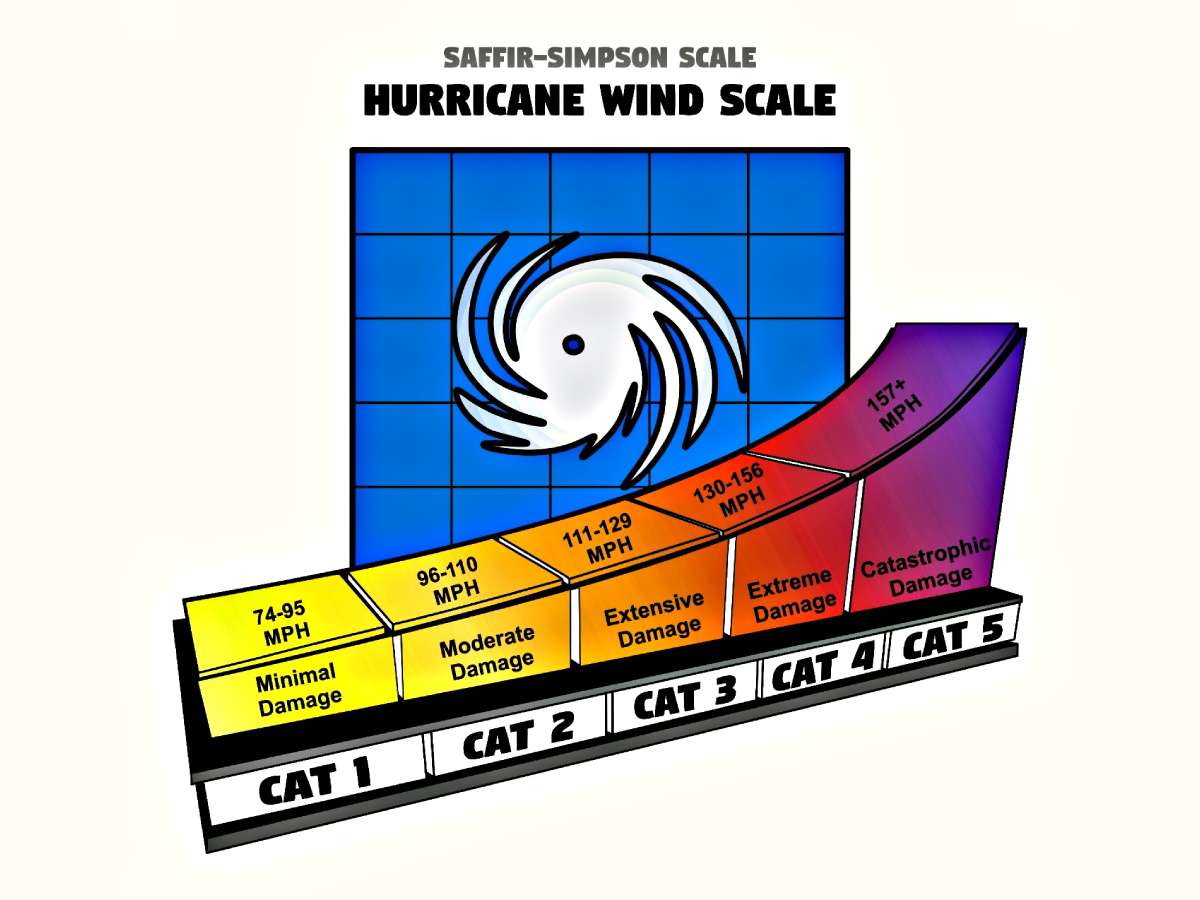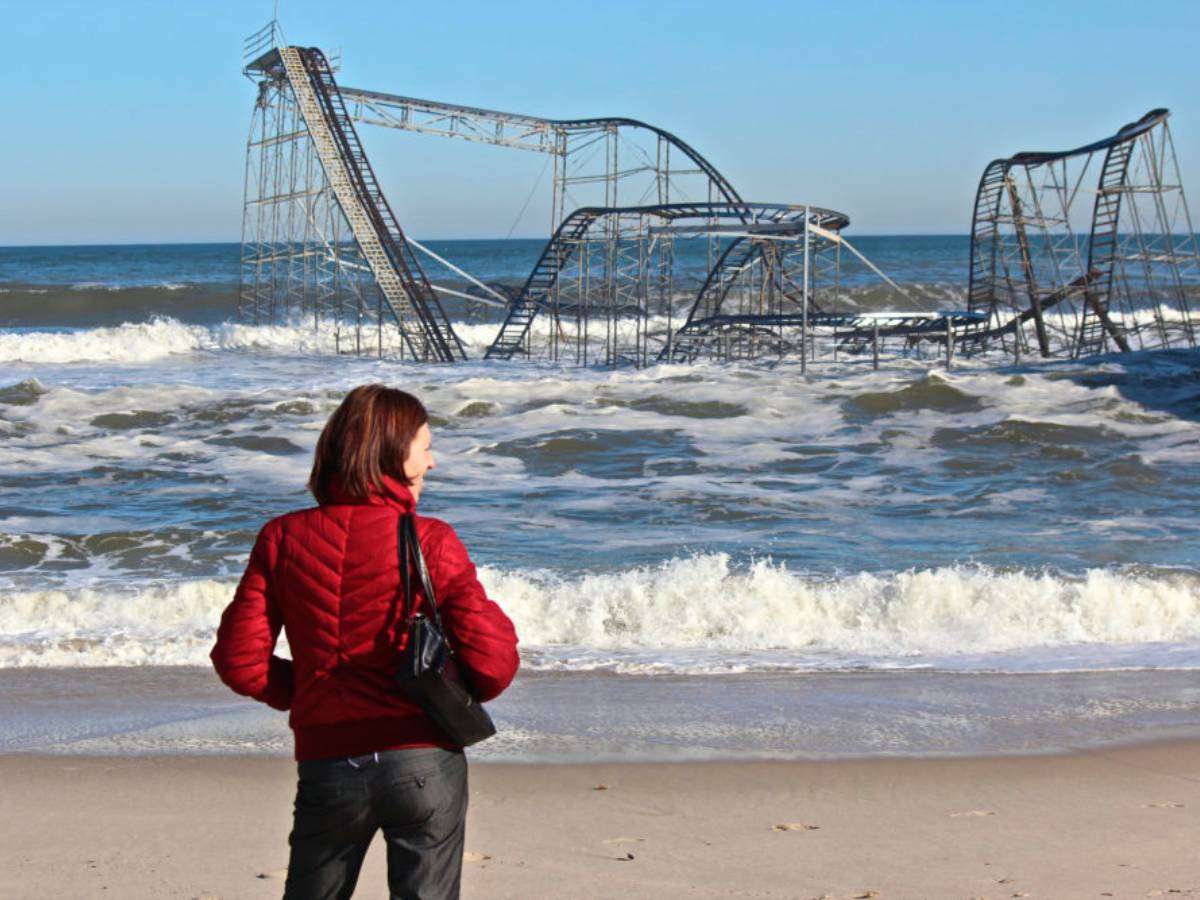Types Of Clouds That Make Rain
Rain, rain, go away, come again another day…
Many of us remember singing that song when we were kids.
Well, if we were hoping to chase the rain away, we were probably hoping to get rid of the cumulonimbus clouds that produced that rain.

Why?
Because cumulonimbus clouds are one of the most common types of clouds that make rain. (Nimbostratus clouds are another common one.)
Cumulonimbus clouds and nimbostratus clouds can also can produce snow, hail, sleet, and other forms of precipitation.
What Does Nimbus Mean?
Clouds are generally named after terms that relate to what a cloud is doing or the height (altitude) range where the cloud is located in the sky.
Nimbus is a Latin word that essentially refers to precipitation.
In fact, terms like cumulonimbus clouds, nimbostratus clouds, and any type of nimbus clouds can be translated to mean rain clouds.
Where Do Nimbus Clouds Form in the Sky?
Nimbus clouds can form at various altitudes.
Generally, the types of clouds which usually become nimbus clouds are:
- Stratus clouds (nimbostratus clouds)
- Cumulus clouds (cumulonimbus clouds)
Both types of nimbus clouds can have bases very near to the ground. Or, the bases can be quite high off the ground — sometimes 5,000 to 10,000 feet off the ground.
Top 2 Types of Clouds That Make Rain
Stratus Clouds Explained
Stratus clouds generally have little shape and may remind some people of soft, floating, gray blankets which cover the sky and filter out sunlight. Stratus clouds form in layers, with bases that can range from at or near ground level up to several thousand feet high.

Cumulus Clouds Explained
Cumulus clouds normally have a clumped shape. These clumps, however, can be both small and large. Like nimbostratus, cumulonimbus clouds can also have bases both near the ground or several thousand feet high. Cumulonimbus clouds often tend to tower high into the sky. This is especially true during hot summer afternoons, when heating and instability in the atmosphere can allow clouds to grow straight up and become stormy.

Cumulonimbus Clouds & Weather
These stormy, vertical, cumulonimbus clouds can sometimes often lead to severe weather. And the severe weather that results can become downright violent — spawning tornadoes, dropping hail, and blowing winds in excess of 60 miles per hour.
Some cumulonimbus cloud tops can exceed 60,000 feet in altitude — that’s over twice as high as Mount Everest, the tallest mountain in the world!
In fact, the tops of these enormous cumulonimbus clouds can be usually be seen from well over 50 miles away.
Vertical cumulonimbus clouds are seen in a variety of rain and storm situations. Some produce only pleasant sun showers. However, many times cumulonimbus clouds can be seen above tornadoes and in or near the center of a hurricane!




